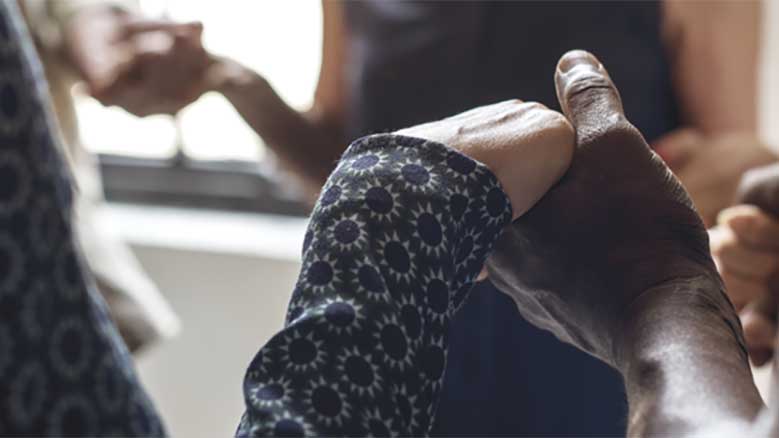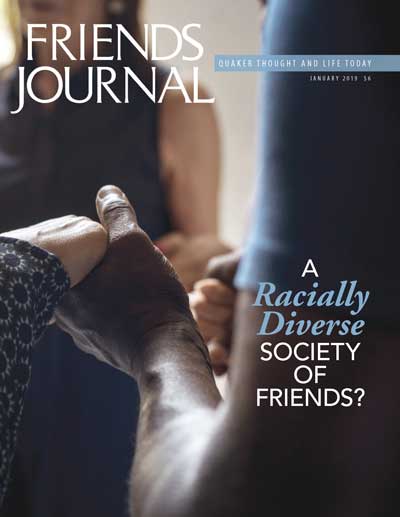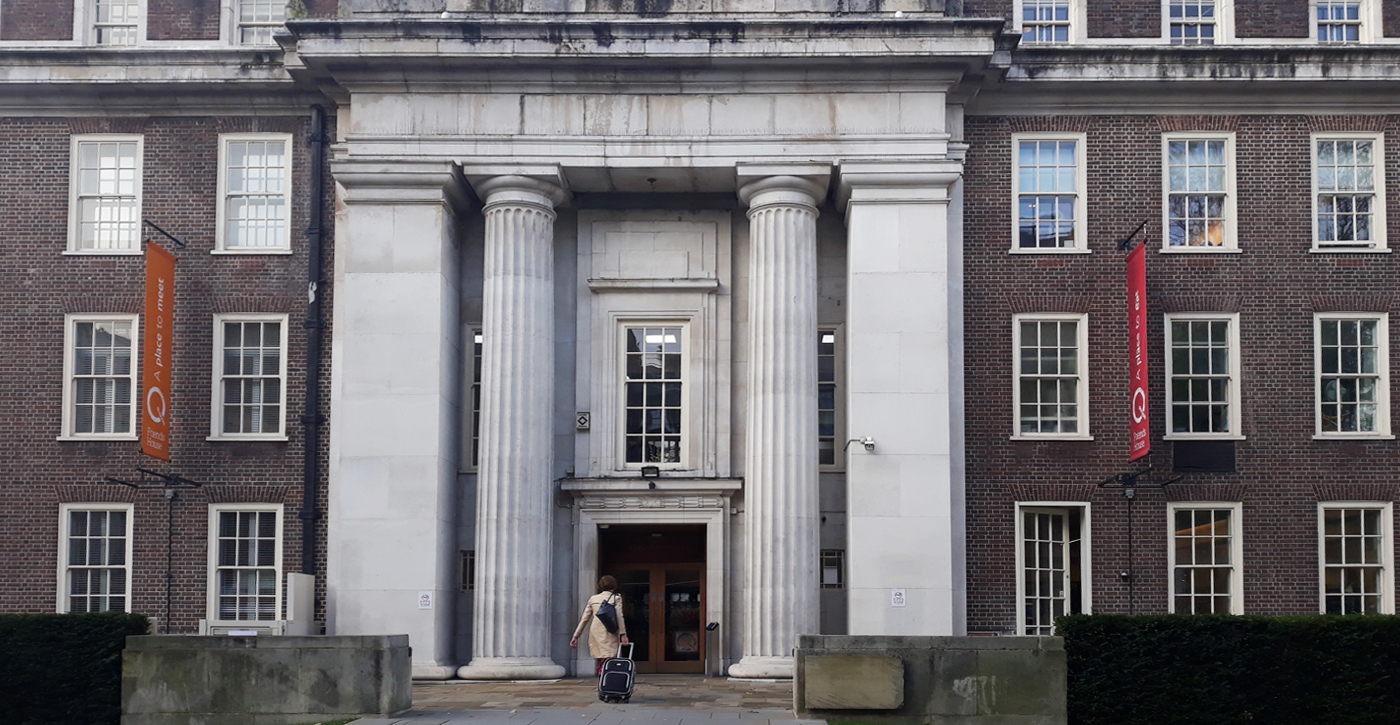
For many readers in the Friends Journal audience, there are few topics more fraught than race and racism. We look at our collective history—slavery and anti-slavery campaigning, Indian and freed Black boarding schools, the U.S. Civil Rights Movement—and react with equal parts pride and shame. Earlier Friends responded to the racial issues of their day in complicated ways that often defy good/evil narratives or easy stereotypes.
We’ve inherited something of a hot mess. Many unprogrammed meetings are far more white than the communities in which they reside. Some of this is a result of forces beyond meetinghouse walls: redlining, population shifts, large-scale segregation. Our beginnings as a movement of British dissenters also plays a role, of course, as does the tangled mix of ethnicity and folkways that make up Quaker culture. But these days, relatively few Friends come from unbroken Quaker lineages. So why are so many of our newcomers less diverse than random chance would predict?
In recent years, a number of Black Friends Journal contributors have shared heartbreaking stories of not feeling welcome in Quaker circles. As we planned this issue, we self-consciously added a question mark to the end of its title—”A Racially Diverse Society of Friends?” The choice of punctuation hints at a certain weariness—are we really still asking this?—along with the suggestion that maybe many Friends are content enough with the status quo that they might simply answer “no” to a call for diversity.
In 2009, Donna McDaniel and Vanessa Julye did a remarkable job chronicling Quaker discrimination in the landmark book Fit for Freedom, Not for Friendship, and Julye starts this issue with an overview of the calls for racial diversity that have appeared in Quaker publications in the last 150 years. I’m grateful to see that many of her examples hail from Friends Journal archives—we’ve long provided a forum for difficult conversations—but it’s still heartbreaking to see it all laid out. We put Julye’s piece first because it sets up so much of the rest of the issue: we need to know where we’re coming from.
Adria Gulizia and Zae Asa Illo’s articles talk about theology and style. They argue that much of our Quaker community is built around comfortable white progressive norms. Our well-known unease over talking about spirituality pushes away those who might be attracted to classic Quaker beliefs or less-familiar styles of vocal ministry.
What about our Quaker heroes? Gabbreell James reminds us that they were often far more controversial in their day than we remember. She makes a convincing case that, if they were alive today, they would certainly be vocal in contemporary controversies. Elizabeth Oppenheimer talks about the racial stamina that white Friends need to develop: this work is a kind of exercise, and we will only get stronger by steadily increasing the intensity and frequency of our work.
And finally a ray of hope: there were enough racist incidents at the 2016 Friends General Conference Gathering that momentum for reform hit a critical mass. I interviewed Sharon Lane-Getaz and Justin Connor, the co-clerks of FGC’s Institutional Assessment on Racism Task Force that formed as a result. Its work is a source of cautious hope that long-festering concerns are getting aired and attended to.




A well written introduction – thank you Martin.